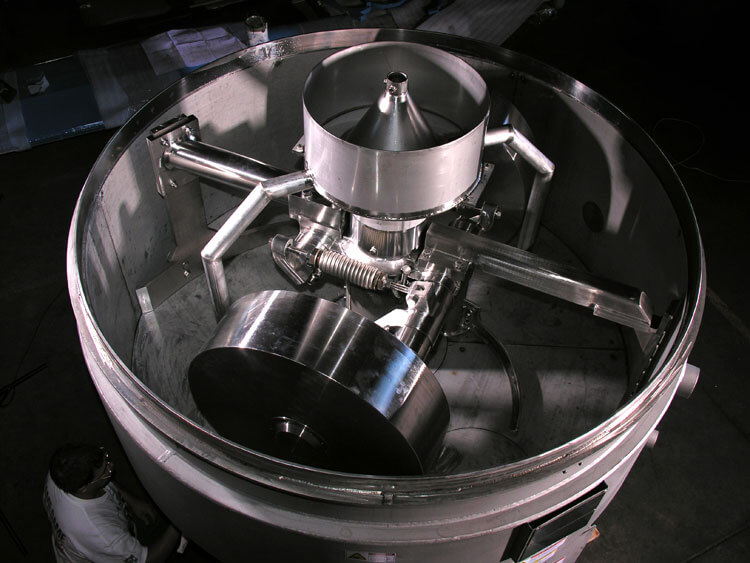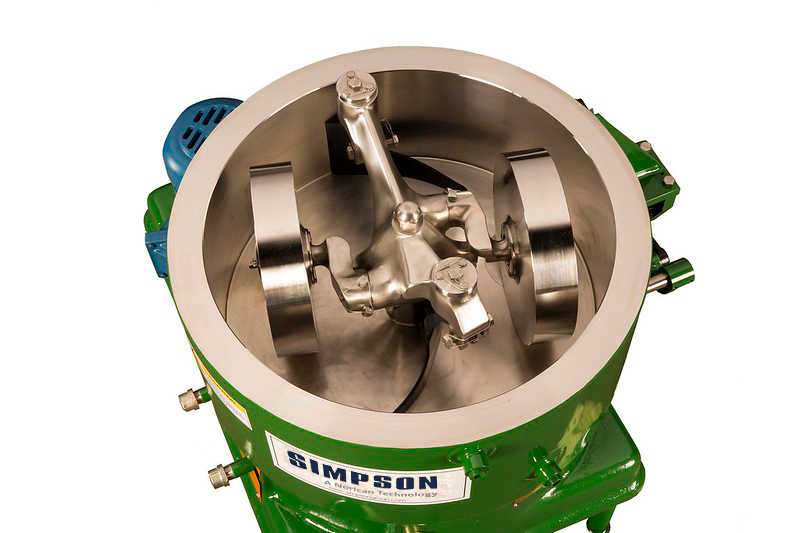Colored Pigments
Results at a Glance
If a business combines innovative capacity with environmental sustainability, it is often because they realize that innovation is a powerful tool in driving sustainable development. Simply put, “sustainable innovations” refer to the type of innovation that not only creates an economic advantage for the company but also results in benefits for processors and the environment.

Modern hybrid pigments and second generation dry pigment preparations have a performance potential that simply cannot be achieved with basic dry blending techniques. Examples are hybrid pigments based on an inorganic core and an organic shell as well as mix-mulled dry preparations.
- Hybrid pigments made from micronized inorganic carriers in combination with pre-dispersed organic pigments develop colour strength very quickly while maintaining a high level of saturation.
- The chroma-enhancing hybrid technology offers high potential to reduce the overall pigmentation level without affecting the hiding power.
- The special structure of these hybrids protects the high performance organic pigments, thus achieving a high level of weather resistance.
- Mix-mulled pigment preparations can be tailor-made for nearly all RAL and NCS colours. The intense physical milling process makes the use of additives during its production unnecessary.
- These dry pigment preparations develop colour strength rather quickly even when applying low shear forces.
- Due to the physical interlocking of the pigment surfaces floating and flooding effects of the individual pigments during the drying stage can be suppressed in most instances.
Mix-mulling involves a combination of intensive mechanical pressure and shearing motion and is the crucial step in this process, in which even pigments with highly different physical properties can be perfectly ground. It is worthwhile to mention that the mulling process itself does not need any additives. Together with the post-finishing stage this allows for the highest possible level of homogeneity and colour precision in the final dry preparation that cannot be achieved using other conventional mixing methods.
This image is a view into an open mix-muller shows the channel to be filled with grinding stock and the two mill wheels circulating on the channel. This results in a very intensive mixing/grinding process which brings about a pre-dispersion of the pigments and a physical interlocking of the different pigment surfaces.
The two grinding wheels circulate on the channel containing the grinding stock.

Simpson Mix-Muller Batch Mixer
In small to medium-sized sand systems or difficult mixing applications, versatility is critical. This Mix-Muller has been carefully designed and proportioned to achieve maximum performance, versatility and energy efficiency in these types of applications.
Features:
- Adaptive tooling
- Energy efficiency
- Larger batch and longer available cycle
- Rugged design
